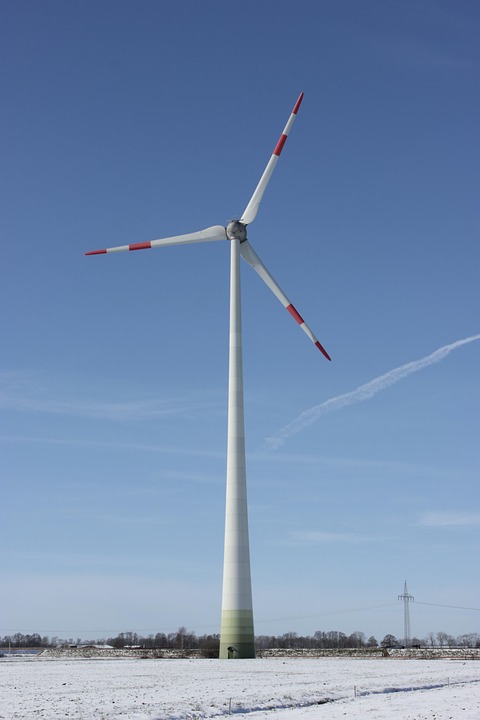The Metaverse Explained: What You Need to Know About Virtual Worlds
Introduction
In recent years, the term "metaverse" has gained significant traction, often featured in discussions about the future of technology, social interaction, and entertainment. But what exactly is the metaverse? This article breaks down the concept, its potential, and what you need to know to navigate these virtual worlds.
What is the Metaverse?
The metaverse is a collective virtual space where users can interact with a computer-generated environment and other users in real-time. Think of it as an expansive, immersive version of the internet, integrating elements of virtual reality (VR), augmented reality (AR), and the physical world. Users can engage in various activities—including gaming, socializing, shopping, and attending events—within these virtual realms.
Key Features of the Metaverse
-
Persistence: Unlike traditional video games that reset upon logging out, the metaverse exists continuously. Changes made by users can remain within the space.
-
Interoperability: Ideally, users can move seamlessly between different virtual environments and platforms, bringing their avatars and assets with them.
-
User-Generated Content: Creators can build experiences and environments, contributing to a rich and diverse ecosystem.
- Social Interaction: The metaverse allows individuals to connect, communicate, and collaborate in ways that transcend geographical limitations.
How Does the Metaverse Work?
The metaverse operates using various technologies that blend reality with the virtual world. Core components include:
-
Virtual Reality (VR): Provides fully immersive experiences using VR headsets, allowing users to feel as though they are inside a digital environment.
-
Augmented Reality (AR): Enhances the real world by overlaying digital content (like 3D holograms) onto the physical surroundings, often accessed via smartphones or AR glasses.
- Blockchain Technology: Facilitates secure, decentralized transactions and ownership of virtual assets (like NFTs), providing a way for users to buy, sell, or trade assets within the metaverse.
The Importance of Community
Community is a cornerstone of the metaverse. Virtual worlds thrive on user engagement, and communities often form around shared interests, games, or experiences. Social features such as chat, voice communication, and collaborative tasks encourage users to connect, fostering relationships that can extend beyond virtual boundaries.
Current Examples of the Metaverse
Several platforms illustrate the metaverse concept, each offering unique experiences:
-
Decentraland: A decentralized virtual world where users can buy plots of land, create spaces, and interact with others.
-
Roblox: A platform that enables users to create and play games in a user-generated universe, prioritizing creativity and collaboration among the younger generation.
- Meta’s Horizon Worlds: A social VR platform that allows users to build, explore, and meet friends in immersive environments.
Opportunities and Challenges
Opportunities
The metaverse offers immense potential across various sectors:
-
Entertainment: Revolutionizing gaming, virtual concerts, and film experiences.
-
Education: Transforming learning through immersive environments for students.
- Commerce: Allowing businesses to set up virtual storefronts where users can purchase real or digital goods.
Challenges
Despite its allure, the metaverse faces significant hurdles:
-
Privacy and Security: Ensuring user data is protected in vast, interconnected environments is crucial.
-
Digital Divide: Access to high-speed internet and advanced devices is necessary, and disparities can exclude many users.
- Regulation: Navigating ownership, copyright, and governance in a decentralized world poses complex legal questions.
The Future of the Metaverse
As technology continues to advance, the metaverse is likely to evolve dramatically. Companies are investing heavily in making these virtual spaces more accessible and engaging. The fundamental question remains: How will society navigate the challenges and opportunities that come with this next frontier of digital interaction?
Conclusion
The metaverse represents an exciting and transformative vision of the future where digital and physical realities converge. Understanding its mechanics, potential, and implications is crucial for anyone looking to engage with virtual worlds. As we stand on the brink of this digital revolution, the possibilities are both endless and transformative.
For further reading on the metaverse, its definitions, and its implications, check out [modern_footnote_source_link].


























Add Comment